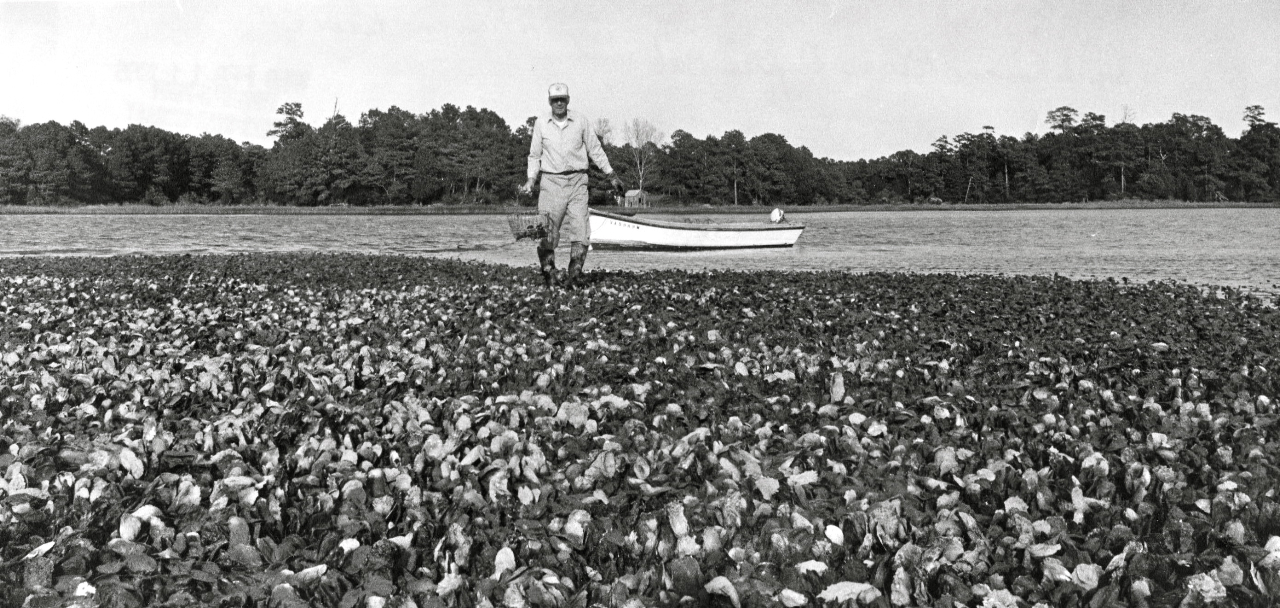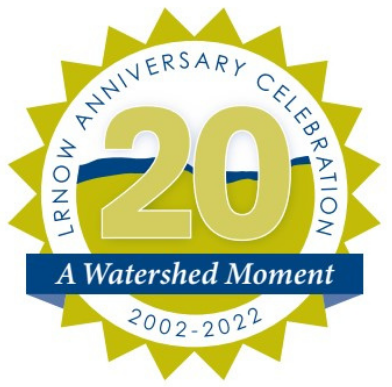
By Mary Reid Barrow
I first met a Lynnhaven oyster when I was a little girl in Richmond and my grandfather led the men in the family in his traditional back-porch holiday-shucking-and-eating feast.
My grandfather, Richard Burroughs, moved from the area to Richmond as an adult, but my Great Uncle Ben Burroughs still lived on the Lynnhaven River. Every Thanksgiving and Christmas, Uncle Ben and his wife would visit the family in Richmond. But I’m not sure grandpa would have let either of them in the house had they not had their customary bushel of Lynnhaven oysters in hand.
While my grandmother, mother and aunts scurried around the kitchen tending to the turkey, the men were drinking whiskey neat and slurping raw oysters on the porch. All of us cousins would chase each other around outside and occasionally stop to check in on the oyster orgy.
Once, I saw my grandfather pop a live oyster crab in his mouth and I vowed I would never, ever, eat an oyster.
How things have change.
Moving to Virginia Beach as a grownup, I became aware early on of the Lynnhaven oyster’s reputation and how kings, queens, Diamond Jim Brady and more fancied them as delicacies.
When I began working for the Virginian-Pilot, I often wrote about the city’s history, its environment and its delicious produce and seafood. Oysterman, Capt. Irvin Evans, who passed away in the 1990s, represented the best of all three, and I interviewed him many times. You could see his beautiful inter-tidal oyster beds on the Eastern Branch of the Lynnhaven when they were exposed at low tide.
He once told me that the difference between any oyster and a Lynnhaven oyster was like the difference between chalk and cheese. Sweet Lynnhavens also had a salty tang from the nearby ocean, he said.
Sadly, many of our conversations were about how Virginia Beach had grown and how the Lynnhaven was becoming too polluted for oysters and that many were dying off from disease. By the late 1980s, the river was closed to commercial shell fishing and Capt. Evans retired.
As a farewell gift of sorts before he retired, Capt. Evans shucked a quart of Lynnhavens for me, and I shared them with Andy and Barbara Fine.
I like to think that night of fine eating and reminiscing might have been one of the sparks that spurred Andy on to become one of the founders of Lynnhaven River NOW. I know that Capt. Evans would have liked that thought too.
In the decade that followed, the City of Virginia Beach, citizens, environmental agencies and organizations began to understand how badly the river had deteriorated and began efforts to restore it.
Capt. Evans’ beautiful oyster beds became a sanctuary reef where the Virginia Marine Resources Commission and the Chesapeake Bay Foundation grew oysters to help clean the river and seed other reefs around Virginia.
Andy and two good friends, Harry Lester and Bob Stanton, put their heads together and in 2002, created a group, bringing everyone together. They called it Lynnhaven River 2007 to focus on eating an oyster from the river in 2007. At that point only 1 percent of the river was safe for edible oysters.
I was lucky enough to be included in the planning along with an amazing group of interested individuals and representatives from the City, the Chesapeake Bay Foundation and other environmental groups.
I remember breakfast meetings at Dockside to plan our strategy. We had a tiny office that Andy gave us at Runnymede. Barry Frankenfield, with the city, was our first part-time director followed by Laurie Sorabella and then Karen Forget who continues today as our fulltime director.
The City began working to get river residents off septic tanks and onto city sewer lines. We began education efforts. We learned that up to 30 percent of the bacteria in the river could be from dog waste which was washed by rain into storm drains and into the river from all over the northern part of the city We created a scoop the poop campaign to educate residents about cleaning up after their dogs. And we created our first Pearl program, Pearl Schools.
In 2007 we were able to establish the river as a No Discharge Zone for boats, the first tidal river in Virginia to have that designation! That same year at our oyster roast , amid cheers and toasts, Rob Brumbaugh from the Chesapeake Bay Foundation ate an oyster from the Lynnhaven!
Then there was no stopping us. We renamed ourselves Lynnhaven River NOW with “now” stressed in all capitals. The rest is more recent history. Program after program was established, from regular river cleanups, to Pearl homes, to faith groups. Oyster reefs and buffer gardens were built. Oyster farms and businesses were established. And now we also are taking many of these programs to all the waterways in Virginia Beach.

This year, in 2022, we are celebrating our 20th anniversary and about 50 percent of the river is open to shell fishing.
And these days, I am the one taking a cooler full of oysters every Thanksgiving and Christmas to my family in Charlottesville.